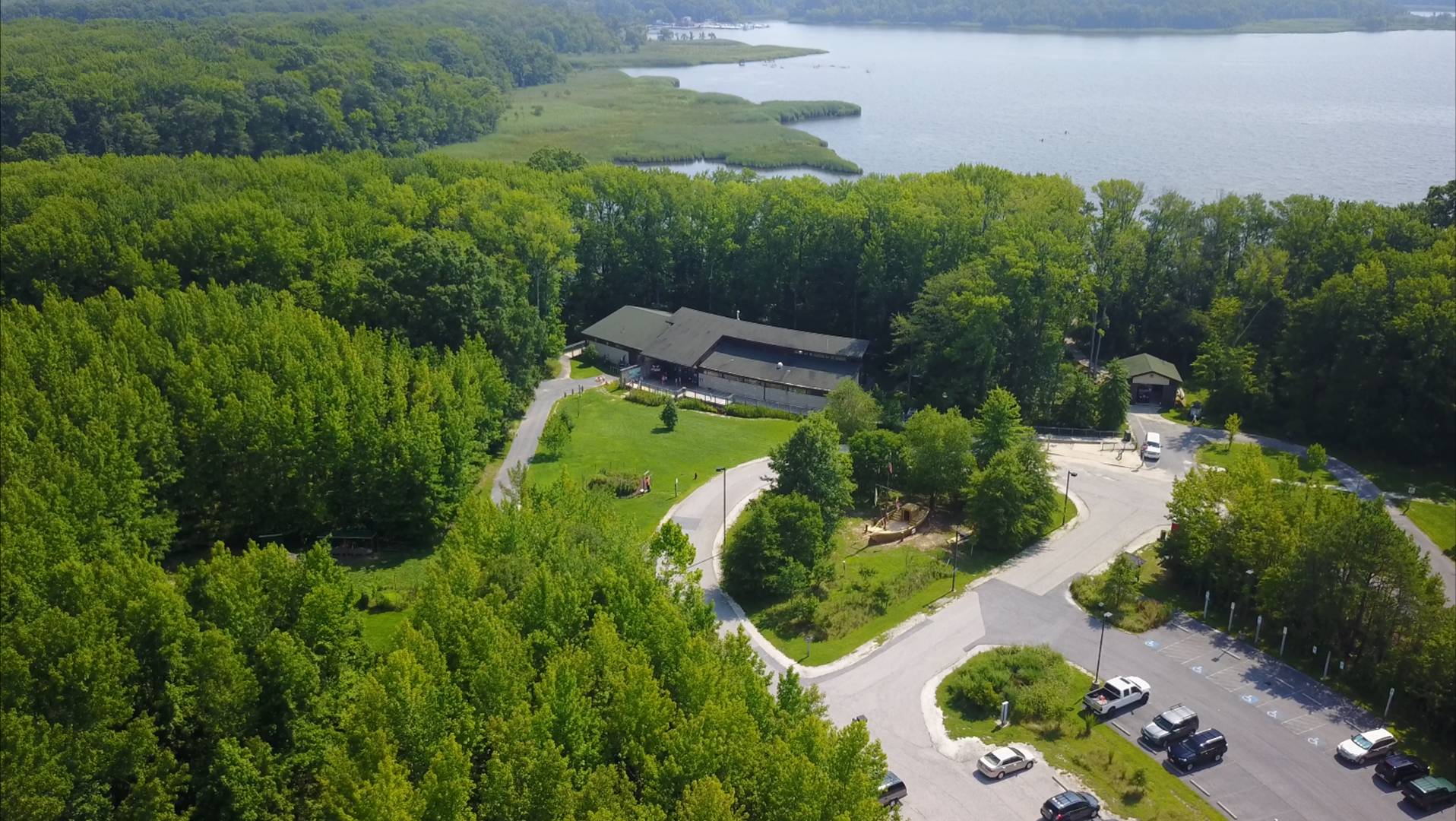There are around 400 bee species in Maryland, but the most recognizable is the European Honey Bee (Apis mellifera).
As their name suggests, honey bees are not native to the Americas—they come from Europe, Asia, and Africa. The first documented arrival of honey bees to North America was in 1622 when English colonists brought them to Virginia. The colonists at Plymouth brought their hives a few years later as well.
Most likely, though, it was Spanish settlers to the Caribbean and Central America that introduced honey bees to the Americas in the 1500s. Some accounts describe honey bees being called “white man’s flies,” as colonists brought them almost everywhere they went and wild hives became established.
All bees are insects of the order Hymenoptera and are related to wasps and ants. They can be further classified by their lifestyle into social, solitary, and parasitic bees. Unlike wasps and ants, bees are vegetarians—social and solitary bees forage for nectar and pollen, while parasitic bees take over the nests of other bees.
All bees play a crucial role in the ecosystem and in the pollination of plants. Indeed, one-third of the food crops we eat depend on bees for pollination.
But many bee populations have sharply declined. At Marshy Point, four out of our five honey bee hives didn’t survive last winter, and most Maryland beekeepers lost between half and three-quarters of their hives last year.
While it is difficult to know exactly how many bees have died—numbers vary by source and there is no reliable way to track wild bee populations—the overall, monumental decline can be attributed to several factors. The biggest factor is pesticide use in agricultural and residential settings.
A new class of highly-toxic chemicals—called neonicotinoids—renders an entire plant toxic and poisonous to bees when they land to collect nectar and pollen. The European Union has taken steps to ban these chemicals, but they are widely available in the United States.
Hopefully, knowing the source of the problem will help people solve it by eliminating these chemicals and recognizing bees as the amazing and important insects that they are.
Come visit the Nature Center to see our observation hive, and its busy bees, in action! We are also hopeful that the two new hives installed in the apiary will have a successful season and produce honey in time to extract it at the Fall Festival.

